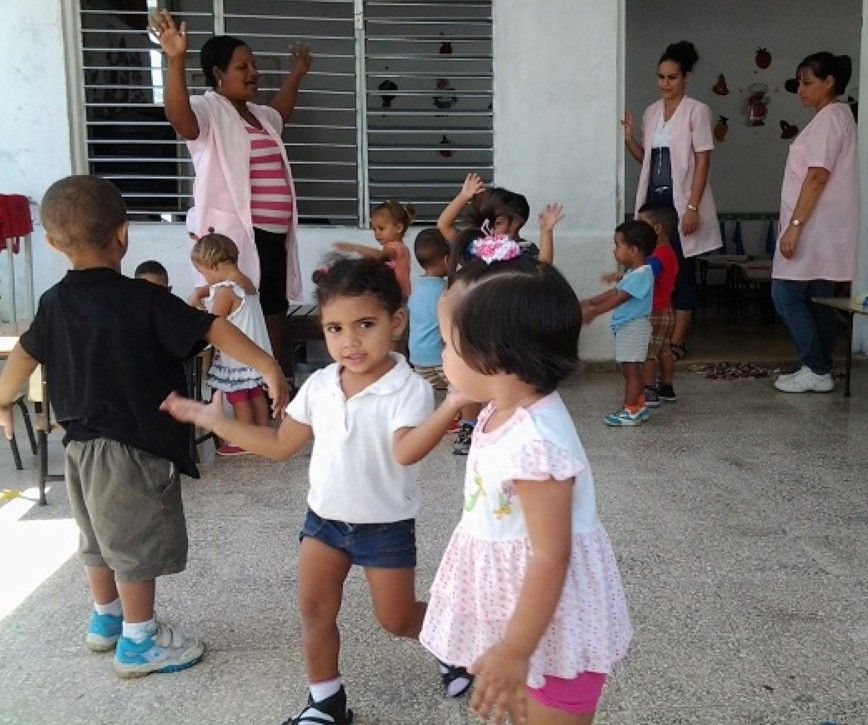This figure represents 74 fewer deaths than in 2022 when a rate of 7.5 was reported, according to the Ministry of Public Health (Minsap).
The provinces with the highest rates are La Habana (7.9), Santiago de Cuba (8), Guantanamo (9), and Mayabeque (9.1). The lowest reports were from Pinar del Río (3.1), Artemisa (3.9), Holguín (4.7), Sancti Spíritus (4.8), Villa Clara (5.7), and Matanzas (6.9).
Frank Garcia, head of the Maternal and Child Care Program (PAMI), indicated that most infant deaths were related to perinatal conditions, pulmonary hypertension, delayed intrauterine growth and prematurity.
The text reads, “Deputy Prime Minister Jorge Luis Perdomo Di-Lella today visited the injectable antibiotic plant of the ‘8 of March’ company, where he recognized the importance of these products for the national health system.”
Cuba has maintained one of the lowest infant mortality rates in the Americas for years, which in 2018 it was 4.0; in 2019, it reached 5.0; and in 2020, it was 4.9.
Birth rates continued to decline in 2023 in Cuba, where 90,374 live births occurred compared to the 95,402 babies born in 2022, reinforcing the trend towards population aging and the projection that it will be one of the countries with the highest number of older adults by 2050.
Figures until 2021 have revealed that the aging rate is 21.6 percent, the birth rate is 8.9 per 1,000 inhabitants, and fertility values have reached their lowest number in the last 60 years, according to data from the Center for Population and Development Studies.
 Escambray ENGLISH EDITION
Escambray ENGLISH EDITION





Escambray reserves the right to publish comments.